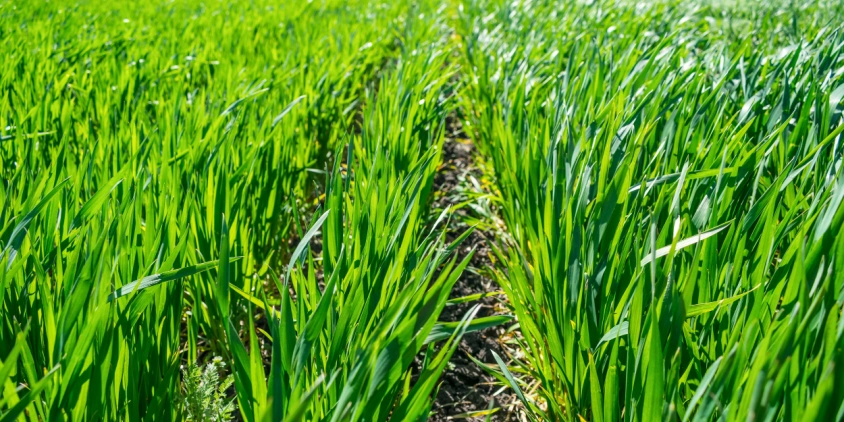
Regenerative Agriculture Practices For Soil Health
Farming longevity, human prosperity, and survival itself all depend on fertile soil. This raises the question of regenerative agriculture. In recent years, it has evolved from a conceptual notion to a tangible approach that can save and secure our precious soils. Regrettably, studies indicate that regenerative farming is not spreading rapidly, despite its clear advantages such as improved crop resilience, increased biodiversity, and more fertile soil. Often, this is due to knowledge and funding gaps. However, there is a growing movement to establish financial incentives for the shift to regenerative agriculture, as well as an increase in awareness of its practices, which bodes well for its widespread adoption.
What Is Regenerative Agriculture?
Regenerative agriculture, as its name suggests, is a farming concept that aims to rehabilitate soil and keep it productive for as long as possible to avoid, say, expansion to new areas at the cost of forest cuts. Soil fertility is required not only to grow crops to support human needs but also to provide forage for cattle. The more fertile the pasturelands, the more food animals have.
Using a combination of traditional knowledge and digital solutions, regenerative agriculture employs a variety of methods to address the issues caused by obsolete farm management methods. Apart from maintaining the fertility of currently cultivated areas, regenerative agriculture practices embrace abandoned territories beyond farming activities or that are no longer in use. In particular, this includes reforestation, restoration of peatlands, fortification of buffer zones, ecological aquaculture, and more. These practices are an improvement over conventional agriculture, and, in the long run, they safeguard soil health, preserve biodiversity, and improve climate resilience while increasing agricultural output and profitability.
Conventional agriculture has neglected soil health in favor of crop production. Regenerative farming, on the contrary, focuses on improving the soil to grow healthy and abundant crops. At the same time, regenerative farmers view soil as a complex, living entity in its own right, demanding constant protection.
Key Principles Of Regenerative Agriculture
Regenerative agriculture prioritizes environmental sustainability and human health. It means that any farm, apart from growing salable crops, should contribute to nature protection. A farmer practicing regenerative agriculture recognizes six main principles:
- Elimination of mechanical and physical field treatment. This principle resonates with pre-industrial agriculture techniques.
- Using all-year-round cover crops to avoid bare soils and thus reduce erosion. Furthermore, this regenerative agriculture method provides forage and grazing material for poultry and cattle.
- Enhancement of biodiversity (e.g., with crop rotation, agroforestry, and silvopasture techniques).
- Incorporation of livestock into crop production.
- Preservation of the live roots of perennial crops.
- Precise application of biological and chemical inputs.
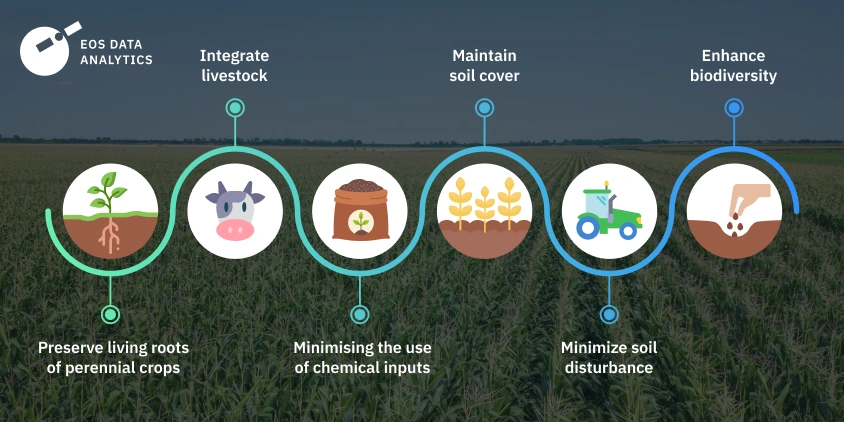
With the assistance of EOSDA Crop Monitoring, you may bring regenerative agriculture principles into reality. As an example, the platform’s productivity maps can guide the precise application of synthetic potassium (K) and phosphorous (P) fertilizers at varied rates. Cloudless satellite images within a given period are used to determine the NDVI values for your field, which are then used to build the map. Basically, the green areas on the map indicate more productive soil than the red ones, meaning you should apply less fertilizer in green areas and somewhat more in others.
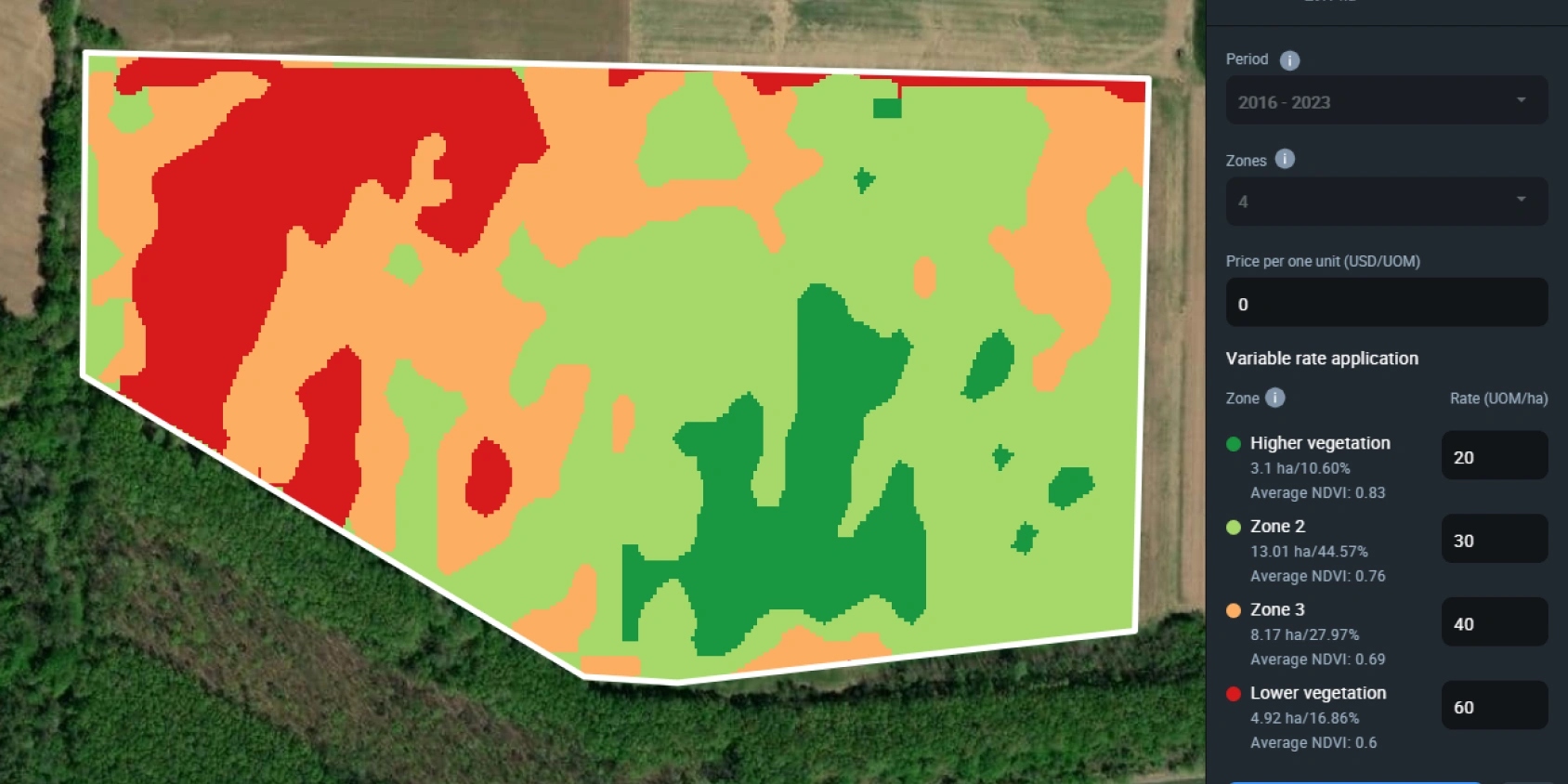
All the mentioned principles aim to ensure a cycle of regenerative agriculture, season by season, year by year. They are not one-size-fits-all, however, and their combinations and applications depend on the specifics of each particular farm.
Benefits Of Implementing Regenerative Agriculture
The Sustainable Markets Initiative found that the average farmer today is unaware of the long-term advantages of regenerative agriculture such as increased resilience to harsh weather events, improved crop productivity and quality, and generating new, environmentally responsible income streams . Next, we’ll shed light on these and other pros of regenerative agriculture to fill in some of the knowledge gaps.
Improved Soil Health
Regenerative farmers typically avoid or greatly reduce the use of mechanical soil disturbance techniques. Rather, they sustain underground biological structures that benefit us above ground. In general, the soil on such farms proved healthier, with higher levels of organic matter and beneficial soil microorganisms.
Biodiversity Enhancement
Regenerative agriculture emphasizes diversity through livestock and crop rotation, as well as direct support for wildlife variation. For example, biodiversity corridors and wild areas, essential components of this approach, provide habitat for many species. This is a win-win for farmers and the environment because diverse farm ecosystems are better able to withstand the effects of climate change, pests, and diseases.
Strengthening Food Security
By implementing regenerative agriculture practices, agriculture can lessen its own impact while simultaneously protecting itself against potential risks. Keeping people fed around the world requires greater collaboration to promote this sustainable food transformation.
Local and global efforts to ensure food security can benefit from this approach to agriculture, particularly thanks to prioritizing diversification practices.
Increased Crop Resilience
Regenerative farms, thanks to their organic-based approach, are less vulnerable to weather extremes and can outperform conventional farms when conditions are far from ideal. With global warming at an alarming rate, the ability to ensure crop resilience and predict yields becomes increasingly important. Insurance agents, large farmers, and agricultural cooperatives can all benefit from our Crop yield prediction solution and contribute to food system sustainability.
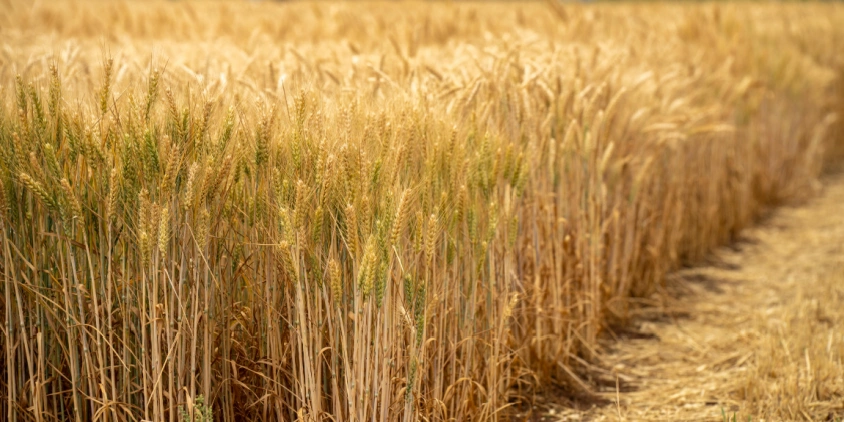
Increased Soil Nutrient Stock
Soil organic matter (SOM) is a key source of macro- and micronutrients for plants. However, continual tilling encourages soil erosion and SOM degradation, which in turn reduces the soil’s supply of plant nutrients. Tillage and adding synthetic fertilizers kill off soil microbes, which further lowers soil organic nutrient production. Implementing regenerative agriculture practices can play a crucial role in soil organic matter restoration and increasing soil nutrient stock in the long run.
Climate Change Mitigation
When it comes to fighting the climate crisis, regenerative agriculture gets a lot of attention. Croplands cover extensive land areas, currently serving as significant sources of greenhouse gas emissions. However, with proper management, they can become immense carbon sinks.
It’s definitely a part of the solution. With more carbon stored in soils than in the entire planet’s vegetation and atmosphere put together, soils play a crucial role as carbon sinks. From this perspective, by implementing regenerative agriculture focused on the soil condition, we can switch farming to carbon removal and significantly contribute to climate change mitigation.
Regenerative agriculture addresses global warming in two ways:
- reduction in agricultural carbon emissions;
- more active soil carbon sequestration in agricultural fields.
Let’s take a closer look at each of these strategies.
Lower Greenhouse Gas Emissions
Industrial food production currently accounts for about a quarter of total greenhouse gas emissions (GHG), a key factor in climate change. Adoption of regenerative agriculture, which adheres to the principle of feeding the soil rather than plants, can help farms reduce their greenhouse gas emissions. The voluntary carbon market provides financial support for regenerative agriculture through purchasing carbon offsets.
Carbon Sequestration
Traditional agricultural practices break down organic matter in the soil by bringing it to the surface, where it undergoes oxidation and releases carbon dioxide (CO2). Since the Industrial Revolution, the massive plowing of virgin lands in the late 19th and early 20th centuries has significantly contributed to the CO2 buildup in the atmosphere .

Farmers, especially those engaged in regenerative agriculture, can track carbon sequestration with EOSDA’s solutions and use them to generate carbon credits. Given the huge amounts of information needed to verify carbon credits, our SOC model assists large-scale farmers in collecting accurate data on soil carbon levels in their fields. This modeling solution provides an improved approach to calculating and forecasting soil carbon by integrating our expertise in satellite technology with renowned organic carbon models. Feel free to contact us at sales@eosda.com if you’re interested in how our solution can improve the effectiveness of your carbon strategy.
Current Barriers To Wide Adoption Of Regenerative Agriculture
In the short term, farmers will have to work harder if they want to reap the long-term benefits of this approach to agriculture. Let’s look at the main challenges regenerative agriculture poses for crop producers.
Knowledge Gaps
Since regenerative agriculture differs from conventional agriculture, farmers practicing it must update their skill sets to keep up. This applies to integrated pest management, minimal tillage, organic fertilizer applications, crop rotation planning, etc.
High Upfront Costs
Usually, a large initial outlay of capital is necessary to switch to regenerative practices. There may also be an adjustment period when yields drop before they start to rise again. Small farmers, who might not have the financial resources to cover these expenses, may find them especially burdensome. Financial incentives promoting environmentally friendly practices (for example, selling carbon offsets by farmers) can compensate for some of this investment.
Intricate Certification Landscape
Farmers seeking to engage in regenerative agriculture face uncertainty due to a lack of standards and diverse certification options. Efforts to reform policies can bring positive results, such as lowering certification barriers and making the certification market more transparent for all parties.
More Laborious Production Process
In order to get marketable products from regenerative agriculture, more physical labor is required. For instance, regenerative agriculture necessitates manual weed removal, a task conventional agriculture could otherwise tackle with synthetic pesticides or tillage machines.
Delayed Results
Regenerative agriculture requires patience before seeing results. It might take a lot of time to develop its principles and best practices for your farm. So reaping the rewards of this approach will not be immediate, but it is definitely worth working for.
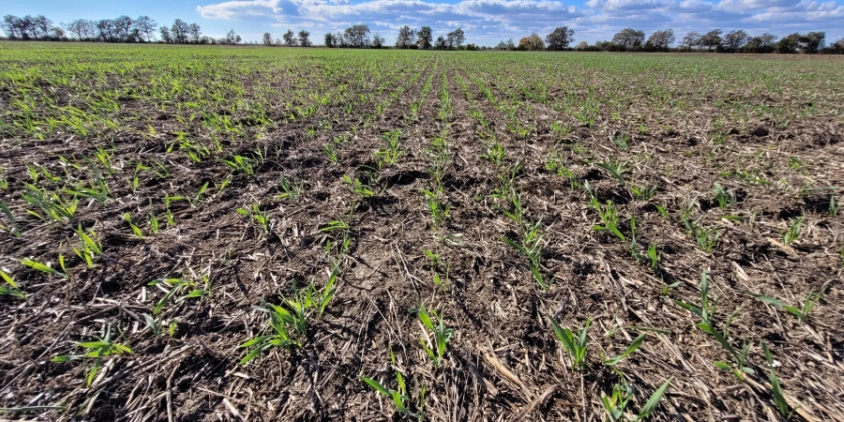
EOSDA Crop Monitoring
Fields analytics tool with access to high-resolution satellite images for remote problem areas identification!
Common Regenerative Farming Practices
Regenerative agriculture not only preserves organic matter in the soil, but enhances biodiversity and boosts land fertility. Environmental impacts of this approach to agriculture comprise carbon sequestration to eliminate its emissions to the atmosphere, reduction of water and soil pollution with reduced chemical inputs, saving or restoring wood, and others. Here are some regenerative agriculture examples — a lengthy but not exhaustive list.
No-Till And Pasture Cropping
No-till farming propagates the idea of as little soil disturbance as possible, thus reducing soil erosion and carbon dioxide emissions. For this purpose, seeding is carried out with specialized drillers or disc planters. Pasture cropping, when grains are used as grasses for grazing, is an integral part of the regenerative agriculture technique. Aside from many other benefits, it helps agriculturalists avoid bare soils and thus tackle erosion.
Holistically Managed Grazing
Holistically planned grazing as a regenerative farming technique suggests rotational use of pastures similar to animals’ natural behavior. While moving from area to area, cattle eat up fresh grass and incorporate green and animal manure, boosting pastureland fertility and allowing the grass on other terrains to re-grow.
Cover Cropping
Rather than leaving bare soil after harvesting a cash crop, farmers that practice cover cropping instead plant new crops there. To further enhance the soil during the growing season, some farmers are growing cover crops as companion crops. Groundcover systems where perennial cover crops grow in tandem with annual crops are also gaining popularity. In any form, cover cropping promotes soil health and water-holding capacity, decreases erosion, and boosts biodiversity.
Crop Rotation
Crop rotation is a crucial regenerative farming method. It implies that instead of growing the same crop over and over again, which can create a favorable environment for pests and diseases, you keep switching things up by growing different crops.
Using digital agriculture tools makes crop rotation planning and tracking much easier, especially for long rotations (more than 2–3 years). With EOSDA Crop Monitoring’s extensive field monitoring services, including its specialized Crop rotation feature, farmers can better plan and execute rotations. All the details you need about planting and harvesting various crops across various fields will be at your fingertips. This will help you develop a comprehensive understanding of the situation and successfully implement regenerative management strategies on your farm.
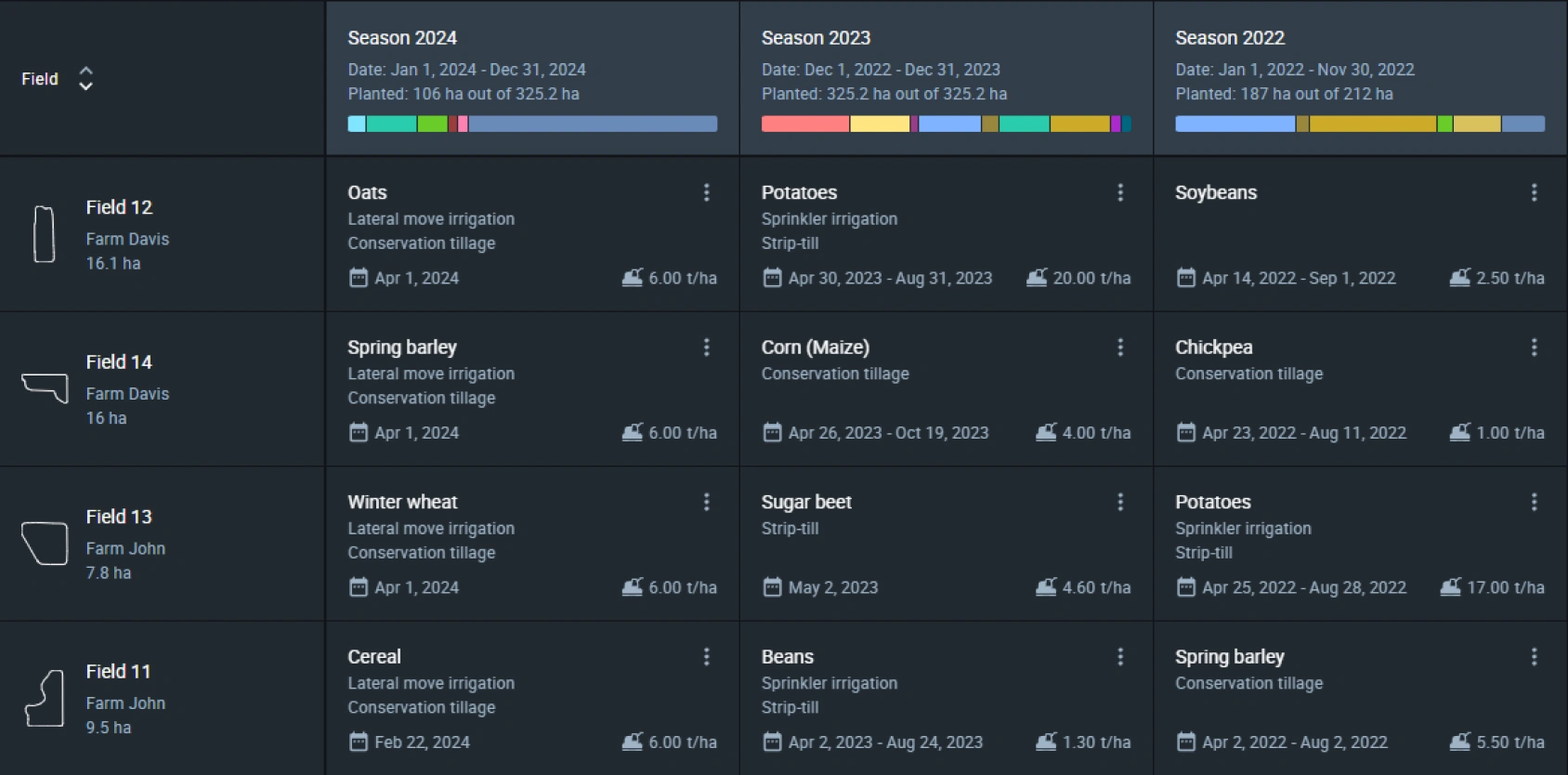
Annual Organic Cropping
Organic annual cropping advocates the use of non-chemical fertilizers and pesticides to mitigate the negative impact on nature and humans. This regenerative agriculture method is more expensive, less profitable, and more labor-consuming compared to traditional industrial practices. However, from a long-term perspective, agro-related businesses will reap considerable benefits from regenerative agriculture implementations with a healthier population and environment.
Compost And Compost Tea
Compost provides organic matter and restores soil fertility, which is a key goal in regenerative agriculture. Farmers incorporate organic matter into the soil profile for at least six inches (15 cm), with the optimal concentration ranging from 3–5% in the top earth layers . Compost tea is a brewed liquid (hence, the name derives) that supplies microorganisms and soluble nutrients vital for plant growth.
Biochar And Terra Preta
Biochar is a healthier alternative to natural charcoal and is made by burning forestry and farming waste. The term “terra preta” is borrowed from Spanish for anthropogenic black Indian soils with high charcoal content in the Amazon basin. Black carbon conditions the presence of organic matter and nutrients in the ground and is relatively immune to chemical and microbial impacts. This explains its ability to maintain fertility for a long time and is of great interest to regenerative agriculture practitioners. Research shows that the black carbon content in Terra Preta exceeds its content in the infertile neighboring soils of the region up to seventy times .
Animal Integration Into Crop Production
Such a combination promotes soil fertility, assists in pest management and weed control via introducing biological enemies to unwanted species, and is beneficial for livestock itself since this regenerative agriculture approach is closer to wildlife conditions compared to indoor breeding.
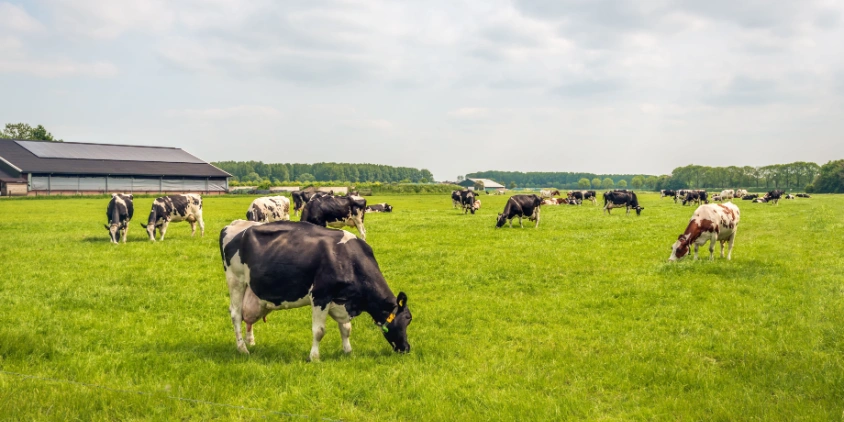
Ecological Aquaculture
The eco-friendly regenerative agriculture approach to fishery and aquaculture encourages planting riparian buffer strips to decrease sedimentation and water run-off, as well as provide shade and extra food for aquatic inhabitants with tree leaves. It demands a reduction of chemical agricultural inputs that pollute water bodies due to leakage from farmlands.
Silvopasture
This regenerative agriculture technique introduces trees to pastures or grasses to woodlands, targeting an extra benefit: trees in grazing areas provide shelter for animals on hot, sunny days and serve as windbreaks. Furthermore, they are an alternative source of food for cattle and provide organic matter with their foliage.
Agroforestry
The regenerative agriculture method combines crops with trees or bushes, which prevent soil erosion with vigorous root systems and shield cash species from winds and heavy rainstorms with abundant canopies.
Why Is Regenerative Agriculture So Important For The Environment?
The vital but limited resource of soil health is at the heart of regenerative agriculture. This approach aims to improve soil quality while helping to decrease carbon footprints, boost ecosystem health, and make grown products safer for humans. It’s amazing that the approach that improves agriculture and food production also contributes to addressing climate change.
Legislative initiatives and market forces are likely to increase the prevalence of regenerative agriculture practices. In the meantime, individual farms and cooperatives practicing regenerative agriculture can improve local soil health. Our shared environment could greatly benefit from the efforts of businesses to grow crops sustainably.
About the author:
Natalia Ivanchuk holds a Master’s degree in Applied Mathematics from the National University of Water and Environmental Engineering. She is an author of 60+ scientific publications, monographs, and other scientific works.
Natalia's expertise and constant desire to learn and perfect her programming skills (C++, C#, JS, Python), has been most beneficial for EOS Data Analytics.
Recent articles
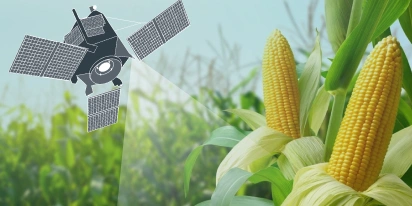
The Best Vegetation Indices For Maize Growth Monitoring
One index won’t fit every maize growth stage. Knowing which one to use and how to interpret can save you time and inputs during the growing season.
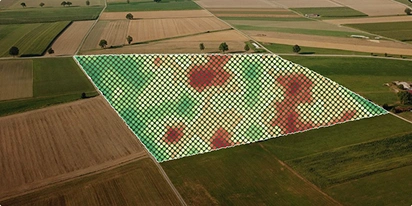
Yield Monitoring And Mapping In Precision Farming
Why do two neighboring field areas produce such different results? Yield monitoring and mapping help explain why inputs go to waste in some areas and how to manage them more efficiently.
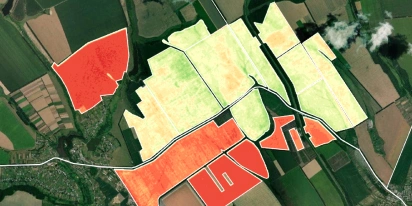
NDVI Explained: How The Index Helps Monitor Crop Health
NDVI is a trusted index for monitoring crop health. Learn how it works, what the values mean, and how to use it to guide better farm management decisions.